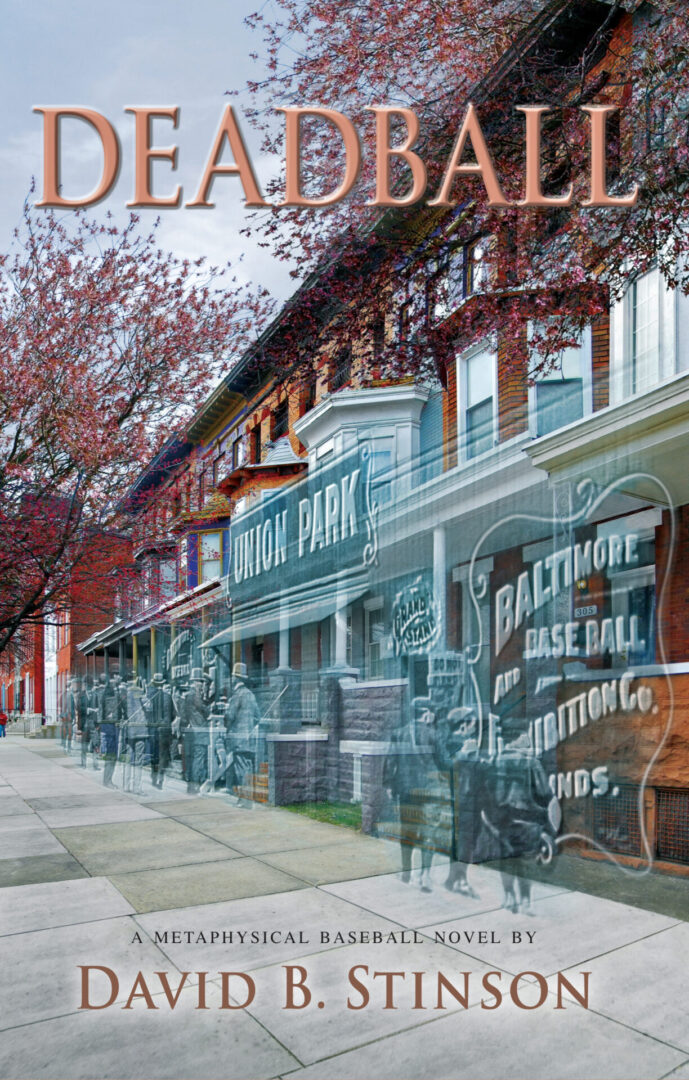Dodgertown, located at 3901 26th Street in Vero Beach, Florida, was the spring training home of the Brooklyn Dodgers commencing in 1948. The major league squad also trained in Ciudad Trujillo, Dominican Republic in 1948, and from 1950 through 1957, the Dodgers’ big league club played their Spring Training games at Miami Stadium.
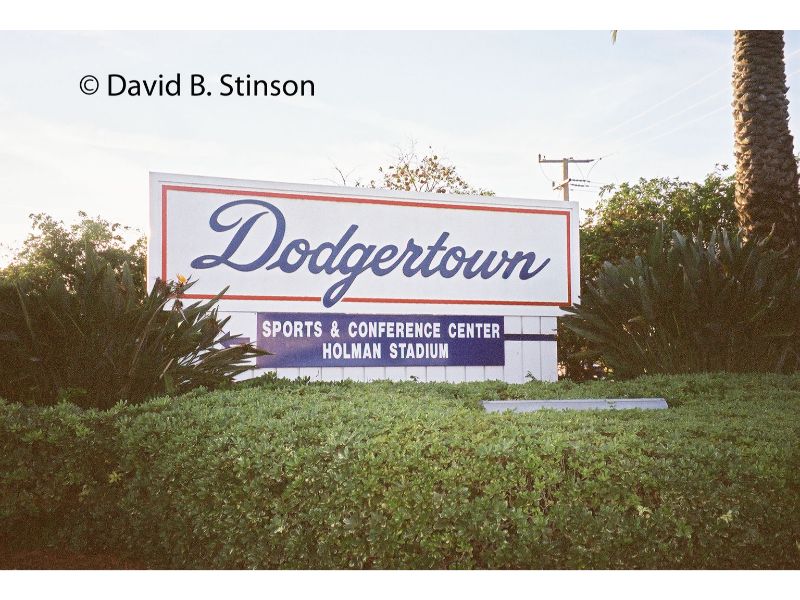
Dodgertown was built on the site of the former United States Naval Air Station. During World War II, the Vero Beach Municipal Airport was chosen to be a Naval Air Station and the U.S. Government purchased approximately 1,500 acres of land adjacent to the airport. After the war, the Naval Air Station was closed and the property returned to the City of Vero Beach.

Dodgertown was the result of a collaboration between Vero Beach resident and local business owner Bud Holman, and Dodgers President Branch Rickey.
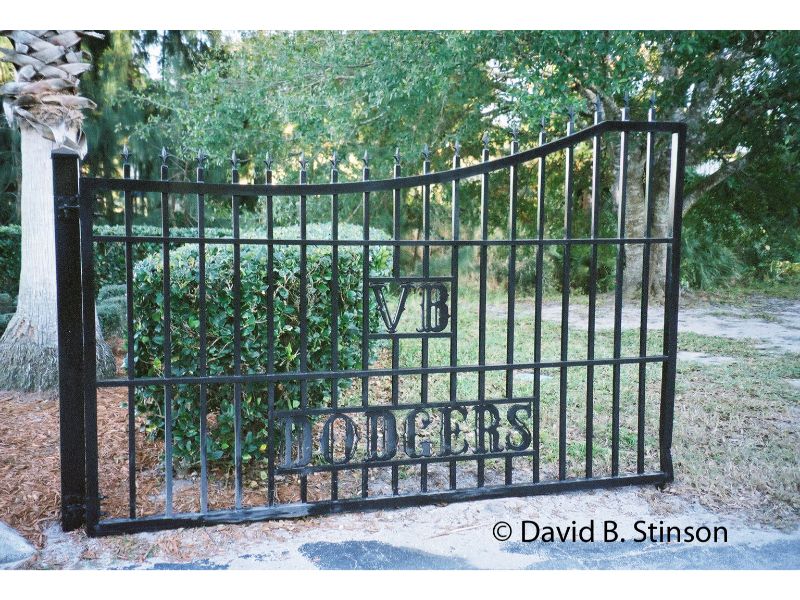
Dodgertown occupies a portion of the 1,500 acres purchased by the U.S. Government, including a section where the Navy had constructed barracks.
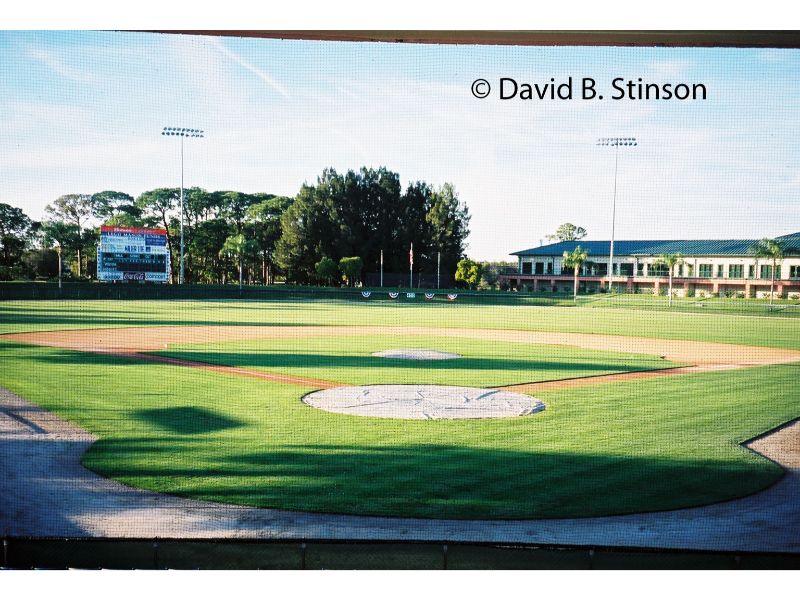
In 1952, Brooklyn Dodger President Walter O’Malley began construction of a 5,000 seat stadium on the site of Dodgertown. The stadium was completed in time for the 1953 spring season.
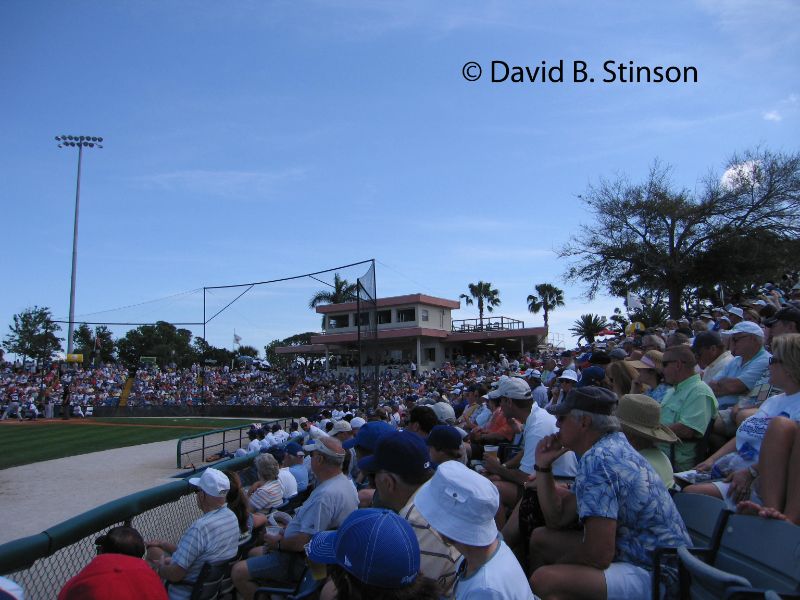
The Dodgers named the stadium in honor of Bud L. Holman.
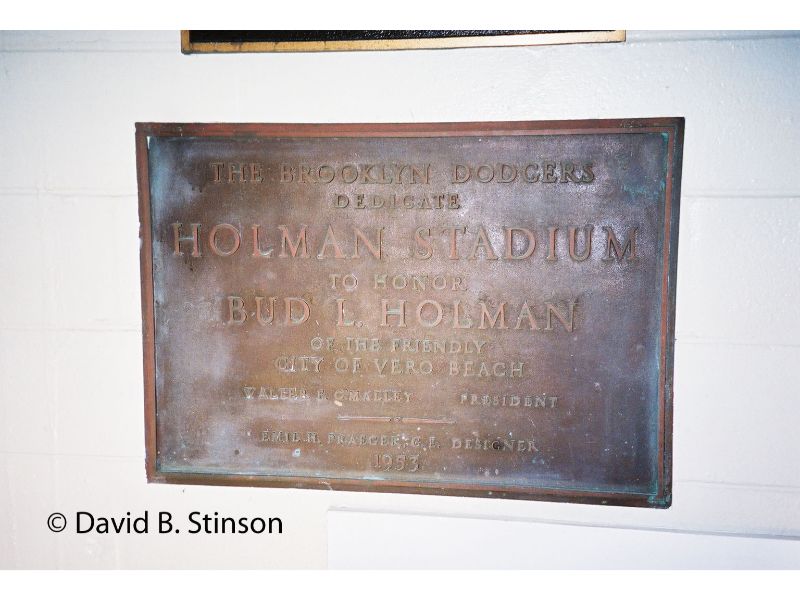
After the end of the 1957 season, the Brooklyn Dodgers took part in a good will tour of Japan at the invitation of Matsutaro Shoriki, known then as the “father of Japanese professional baseball.” During a game held in Hiroshima on November 1, 1956, the Dodgers dedicated a plaque “in memory of those baseball fans and others who died by atomic action on August 6, 1945. May their souls rest in peace and with God’s help and man’s resolution peace will prevail forever, amen.” The Dodgers dedicated a replica plaque installed at Holman Stadium the following spring.
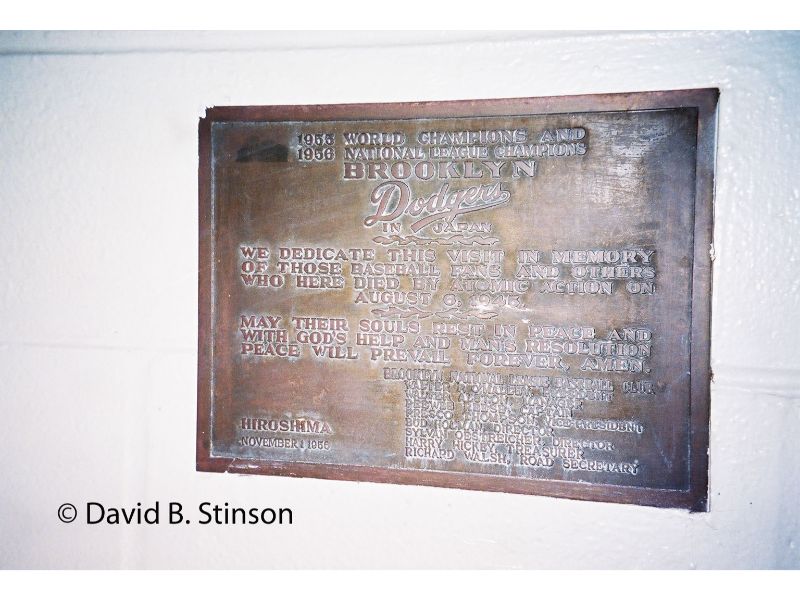
Holman Stadium’s design is unique in that it lacks any roof over the grandstand, with a resultant lack of shade for the fans attending games at the stadium.
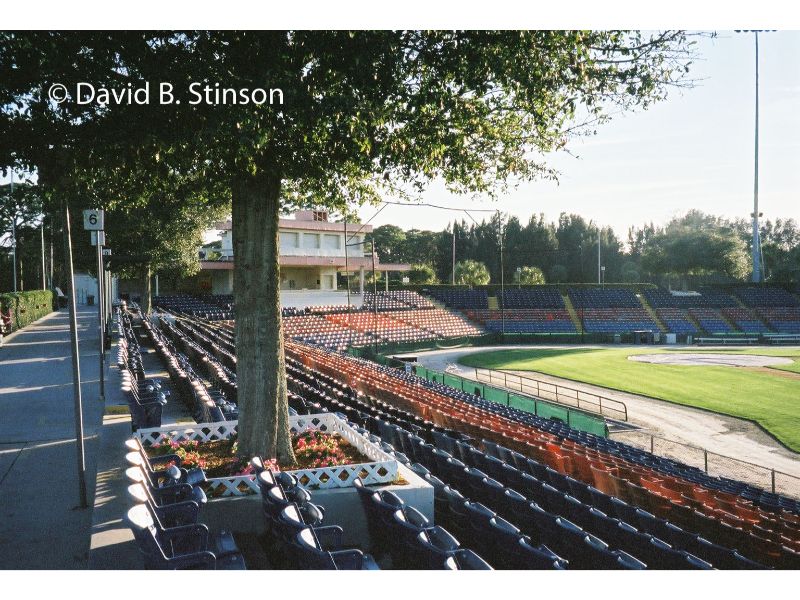
The actual stadium structure is relatively small, with press boxes located on two levels.
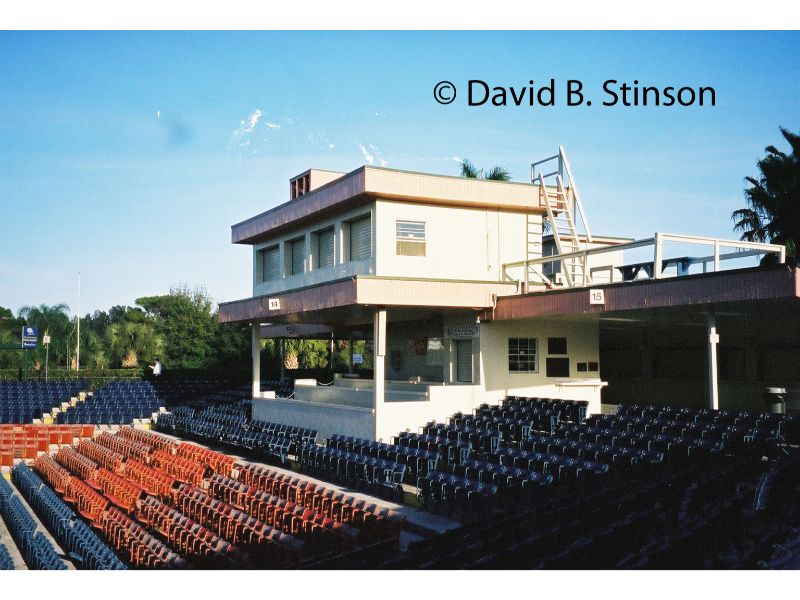
With the Dodgers move west after the 1957, Holman Stadium became the spring training site of the Los Angeles Dodgers. From 1980 through 2006, the Vero Beach Dodgers of the Florida State League played their home games at Holman Stadium. In 2007 and 2008 the Vero Beach Devil Rays of the same league played at Holman Stadium.

The stadium dugouts, like the stadium grandstand, also lacked any covering, giving the appearance that the ballplayers were sitting in the first row of stands, with fans sitting just behind them.
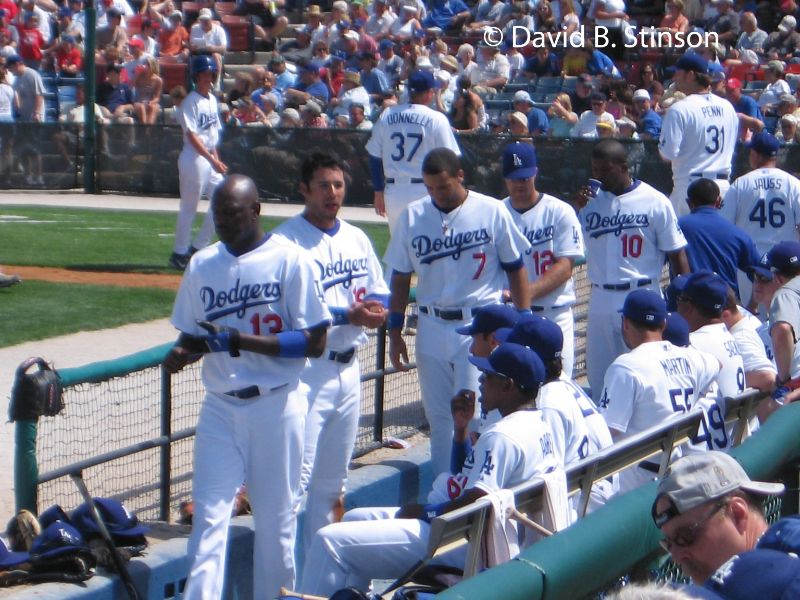
Over the years many Dodgers greats played baseball at Holman Stadium, including Hall of Famers Jackie Robinson, Pee Wee Reese, Roy Campanella, Don Drysdale, Duke Snider, Sandy Koufax, Don Sutton, Ricky Henderson, Hoyt Wilhelm, Frank Robinson, Eddie Murray, Juan Marichal, Greg Maddux, Gary Carter, and Jim Bunning.

The outfield dimensions of Holman Stadium are more generous than those of Dodger Stadium.

Straight away center field at Holman Stadium sits at 400 feet from home plate, as compared to 395 feet at Dodger Stadium.
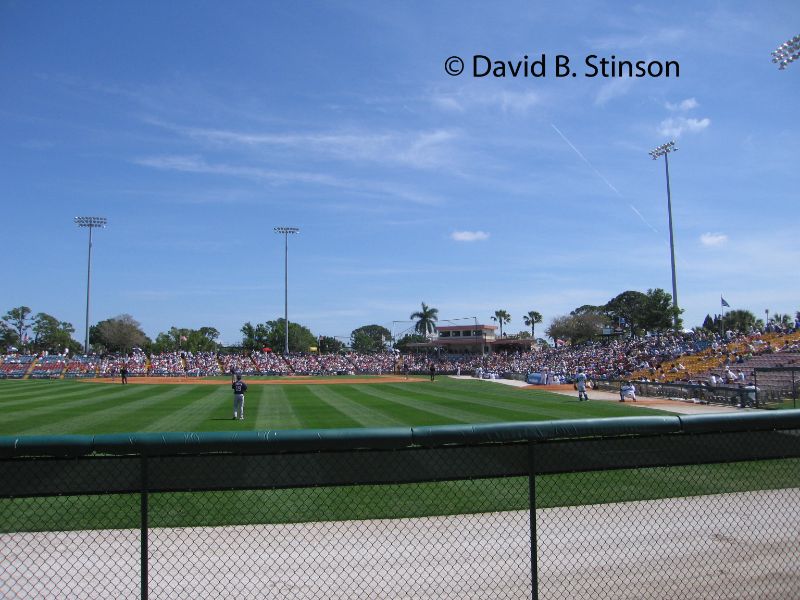
The left and right field corners of Holman Stadium are 340 feet from home plate, while those at Dodger Stadium are 330 feet.
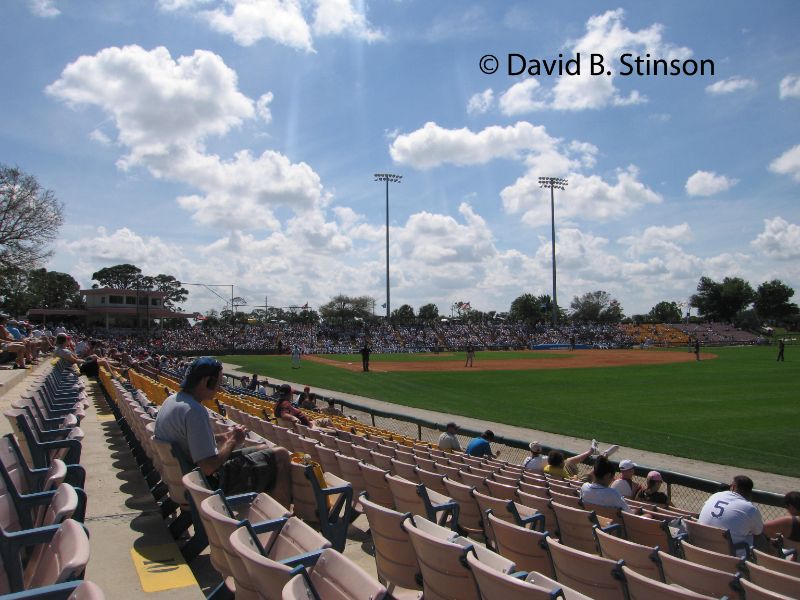
The lack of covering over the grandstand leaves the plastic seats that ring the stadium not only hot during the day, but bleached from the sun. Thus, just as the uncovered wooden stands of the old ballparks were bleached by the sun, hence the name “bleachers,” the seats at Holman Stadium carry on that faded tradition.

The home bullpen was located in foul territory down the left field line.
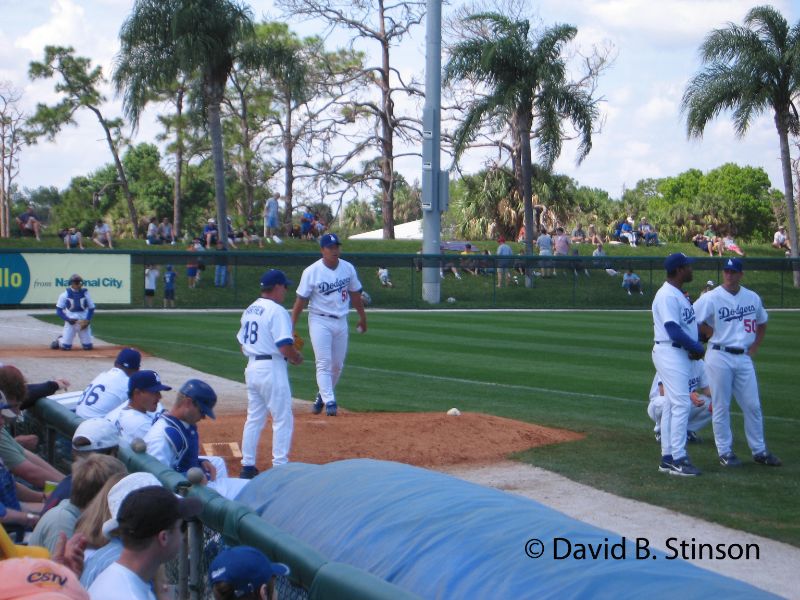
The visitor’s bullpen was located near the right field corner.
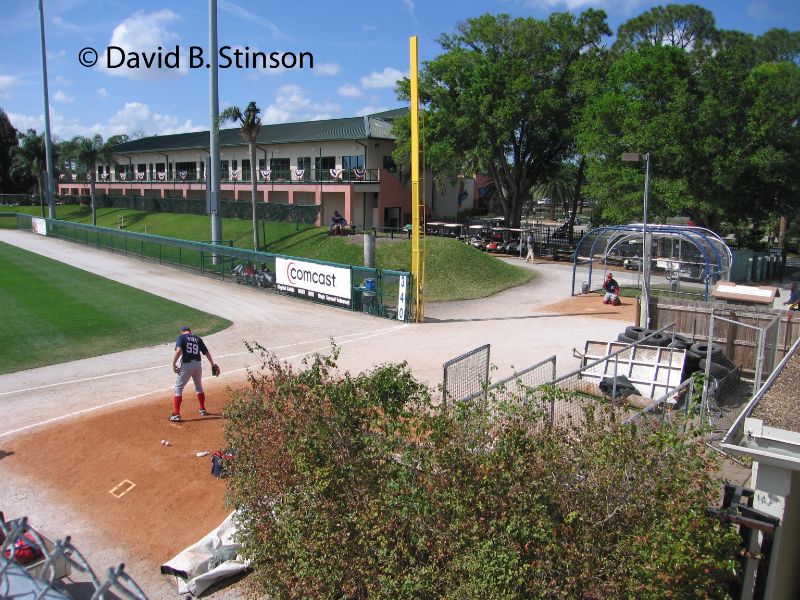
Dodgertown had it’s share of clever baseball signage, including “Bat Boy” and “Bat Girl” signs marking the entrance to restrooms located beyond right field.
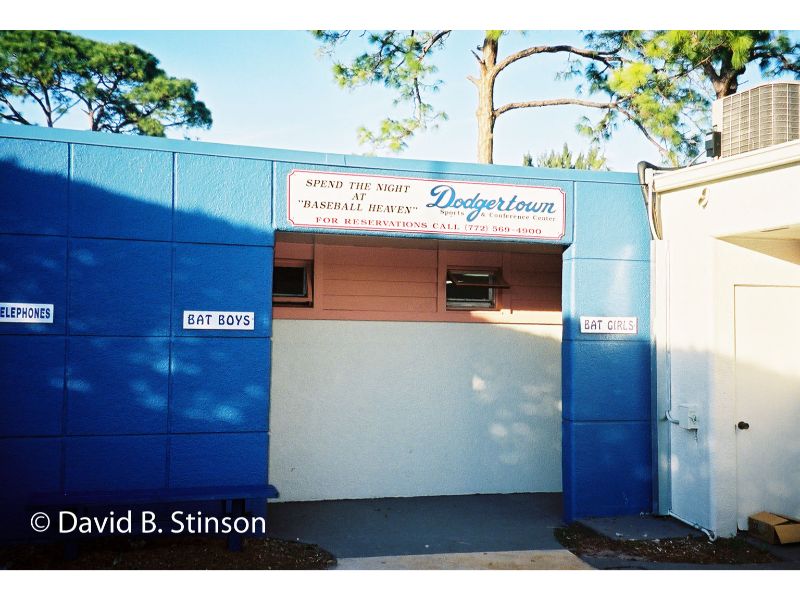
Holman Stadium’s concourse is quite small, offering only one concession stand inside the actual structure.

When the Dodgers occupied Holman Stadium, trailers offering concessions and souvenirs lined the area beyond the left field line.
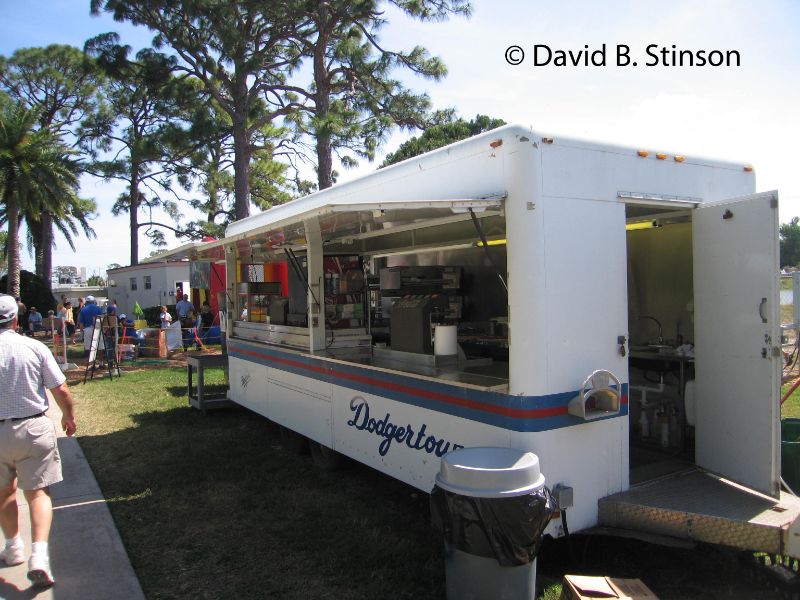
The scoreboard at Holman Stadium, like the rest of the ballpark, is decidedly low tech, not that that is a bad thing.
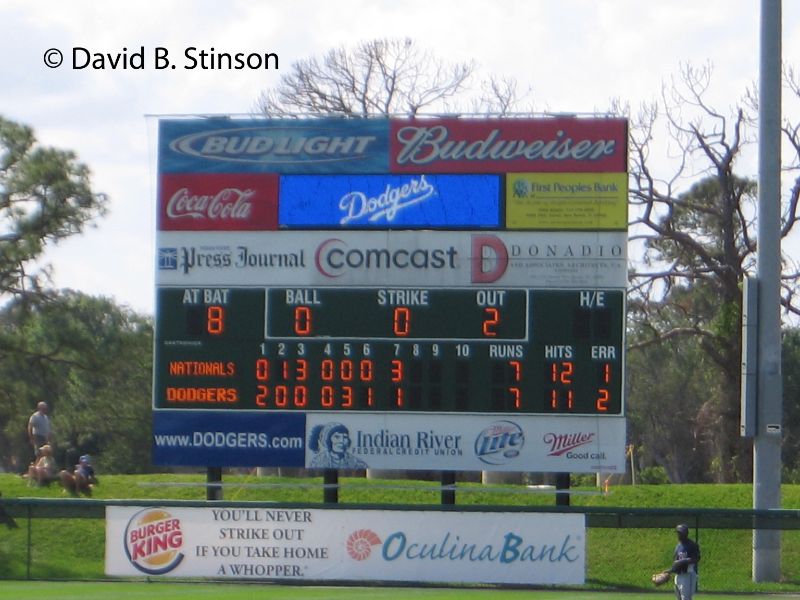
Once the Dodgers departed after the 2008 spring season, Vero Beach entered into an agreement with Minor League Baseball to operate the facility as an umpire school and baseball tournament destination. The Dodgers took with them, however, the name Dodgertown and the facility was renamed the “Vero Beach Sports Village.” That arrangement last only a few years and, with possibility of facility closing forever, former Dodger President Peter O’Malley and his sister Terry O’Malley Seidler, thankfully stepped in to help save the sports village from being shuttered. In 2013, with the agreement of the Dodgers and Major League Baseball, the facility was renamed “Historic Dodgertown – Vero Beach, Florida.” The future of Historic Dodgertown looks bright, with the hope that the historic stadium and grounds now will be maintained for future generations to appreciate and utilize. For more information about Historic Dodgertown, including a detailed history of the former spring training site, visit historicdodgertown.com.
